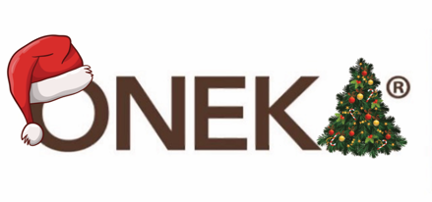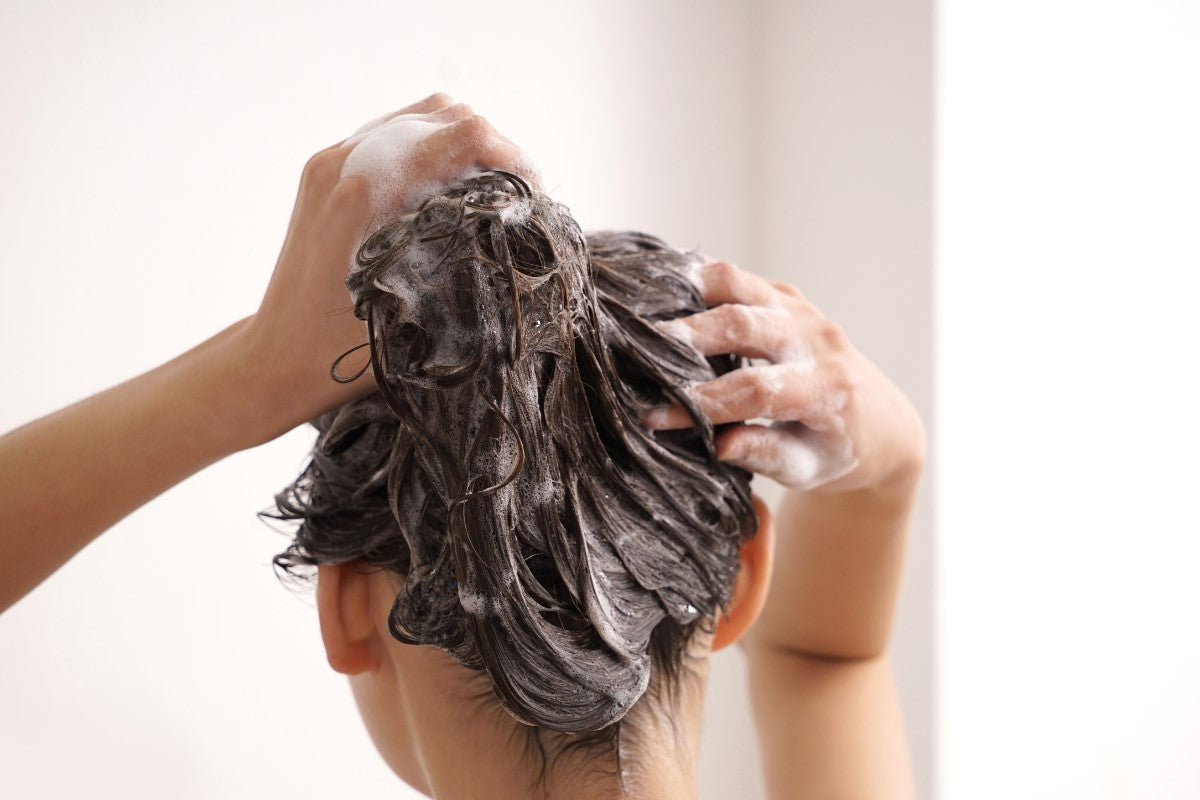We all know about the classic trio: Reduce, Reuse, Recycle. But did you know there are other steps you can take to reduce your impact?
In this post we will talk about the 6Rs and how you can apply them to your everyday life to make a positive impact on the world around you.
Rethink, Reduce, Refuse, Reuse, Repair, and Recycle
In today’s world we are inundated with packaging. Our food, our clothes, our personal products; everything comes in packaging. Due to its convenience, lightweight material, and price, packaging is nearly always made of plastic – specifically single-use plastic. After we unwrap our bread, finish our shampoo bottle, or unpack our latest online order, we usually throw away the packaging.
So how can we improve this? How can we lessen the amount and impact of packaging (particularly single-use plastic packaging) we use?
With a recycling rate as low as 13%, recycling should be our very last resort. When purchasing a product that comes in packaging your first thought shouldn’t be “Can I recycle this?”. Where possible, recycling should be the last step we take when thinking about the end-of-life of our packaging.
RETHINK
Ask yourself: How can we do better? Are there package-free alternatives?
Rethinking forces us to reflect on the packaging issue and consider the impact the packaging we consume has on society and the environment. This first step helps us become more conscious of the problem and begin to make changes towards our packaging consumption.
ONEKA context:
Consider switching to buying bulk formats of our products (if you don’t already). Purchasing bulk or going to a local retailer offering refill can save on the amount of packaging you consume. See the map of all our refill retailers here: https://www.onekaelements.com/apps/store-locator/
We are doing our part by rethinking our packaging and working towards reducing our packaging impact. Currently, our bottles are made from HDPE plastic which has one of the highest recyclability rates.
REDUCE
Ask yourself: Do I need all this stuff? Can I simplify? Can I use what I already have?
The easiest way to reduce the amount of packaging ending up in landfills and our ocean is to consume less in the first place. This is easier said than done, but you can take small steps towards change. Consider buying reusable and refillable products for your personal care, cleaning products, food, etc. Always use the products or items you already have before getting others.
The basic idea: consume less, waste less.
ONEKA context:
Once again, refill your containers! Refills are one of the best ways to reduce your amount of plastic waste. Another option is to buy a bulk bottle and share with your partner or family. Our hand soap and body wash are the same formula, so buy a bulk refill of one and fill up both containers.
REFUSE
Ask yourself: Is it necessary? Does the item use more energy than the benefit it brings? Can I go without it?
Refuse products that you don’t need or that are bad for the environment. If you’re getting take-out to eat at home remember to say you don’t need plastic utensils or straws. Try to bring your own containers and bags to the grocery store or market and refuse to use single use options. If you’re at a shop, refuse the bag for items you buy if you can carry them or have your own bag.
Take it a step further: if something comes packaged, consider unpacking your item and asking the store to keep the extra packaging. Though extreme, this can send a clear message that packaging should be reduced.
Tip: keep a set of cutlery, a reusable straw, and a bag with you when you’re out so you can refuse single use options on the go.
ONEKA context:
We offer the option to buy our bar soaps label-free! Next time you shop our bar soaps, opt for the versions without the label.
REUSE
Ask yourself: Which items can I use again? Does it have another valuable use?
Reuse items either for their original use or repurpose them for something new. You can reuse shampoo bottles, jars, boxes, and more, repeatedly. Before throwing something away or recycling it, consider if it can be reused.
In the same sense, look for used items when you need something. This way you are reusing an item that was already made. From clothing, to food and product containers, this strategy avoids unnecessary energy and resources from being used and emissions from being emitted by using a product that already exists!
ONEKA context:
Our products are designed to be reused and refilled. Keep your bottle and pumps and reuse them for as long as you can! You save new plastic from being produced every time you reuse one of our bottles.
REPAIR
Ask yourself: Can it be fixed? Could I get someone to repair this item?
The longer items are in use, the more waste is avoided because you keep one item for longer before needing a new one. Often you can even save money by repairing and extending the life of your product. Try to get a replacement part, rather than replacing the item as a whole. Whatever the product or packaging is, try to fix it before throwing it out.
ONEKA context:
Did your shampoo or lotion pump break? Rather than replacing the whole bottle, buy one of our replacement pumps to repair the unit and get it working good as new.
RECYCLE
Ask yourself: Is this really my last option? How easy is it to take apart? Can the parts be used again?
This should be your very last option. Always consider the previous R-steps before resorting to disposing of an item, even into the recycling. When buying items check if they can be recycled. If the item is made of more than one material, consider if it can be easily taken apart to be recycled.
Ready to recycle? Consider the follow things:
- Does it go in my municipal recycling? (Look it up!)
- Is it only made of one material? Can I separate it into single materials?
- Is it clean and dry?
If all the answers are yes, then you can go ahead and recycle it.
Reminder: Only 9% of plastic waste gets recycled in Canada, this should be the very last option.
ONEKA context:
Our plastic bottles are made from HDPE (#2) plastic which has a high recycling rate as it offers a valuable product for reuse after recycling. In order to increase the likelihood of one of our bottles getting recycled in the recycling center follow these steps:
- Remove the label from the bottle
- Clean out the bottle and make sure there is no residue left
- Let the bottle dry completely before putting it into the recycling
- Reconsider refilling your bottle or using it for something else
There we go! These are just some of the ways you can use to 6Rs to reduce your personal consumption and waste!
Changing habits can be hard and changing the waste systems is even harder. But each of these methods can help us reduce our consumption and waste bit by bit and help build more sustainable habits!
Going even further
This post focused mostly on plastic and packaging, but the 6R’s can be applied in many other ways to make your consumption habits more sustainable. Use them to help prevent food waste, slow down your fashion, or limit any other items in your life. For some of these categories there are often RENTAL options such as appliance or clothing rental. If you are considering getting an item for one-time use (lawnmower, special event clothing, camera, etc.) investigate renting or borrowing options before buying these items!
For more information on the reality of recycling and tips on ways we can improve it, please watch this short video:
To watch the video in French, click here.
Author: Romy Zeitlinger
Image: Dan Lewis on Unsplash




